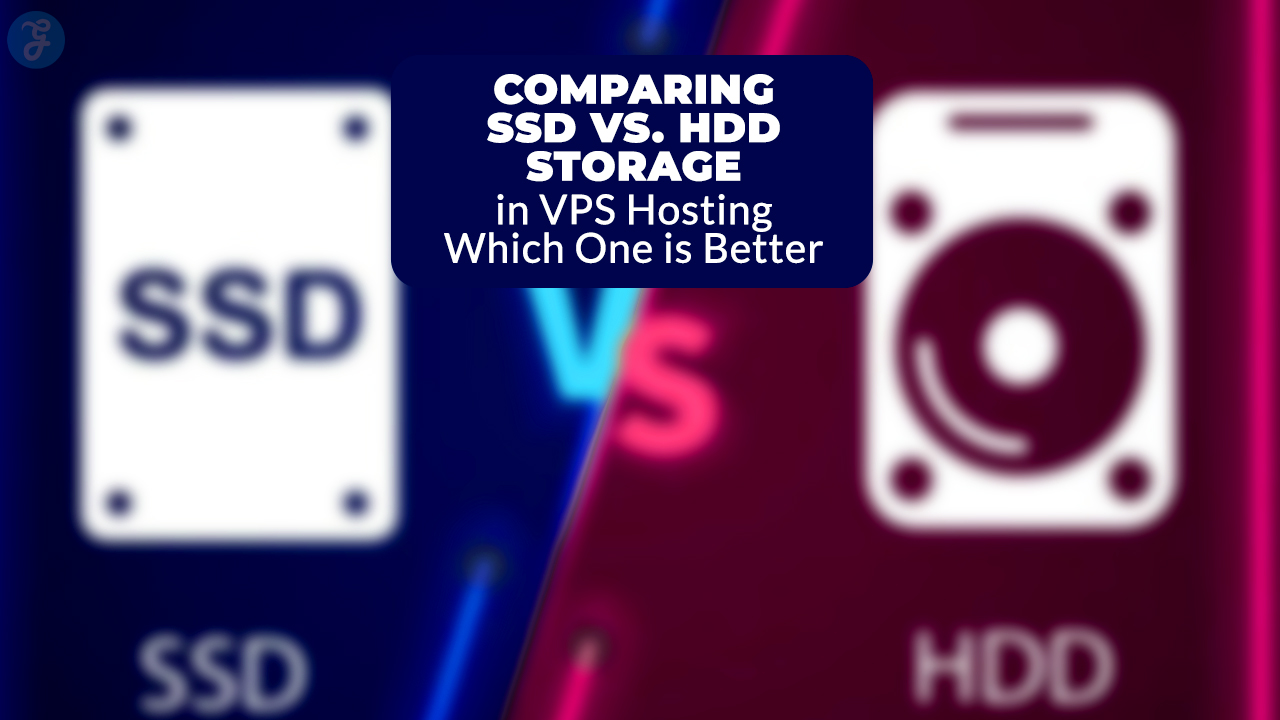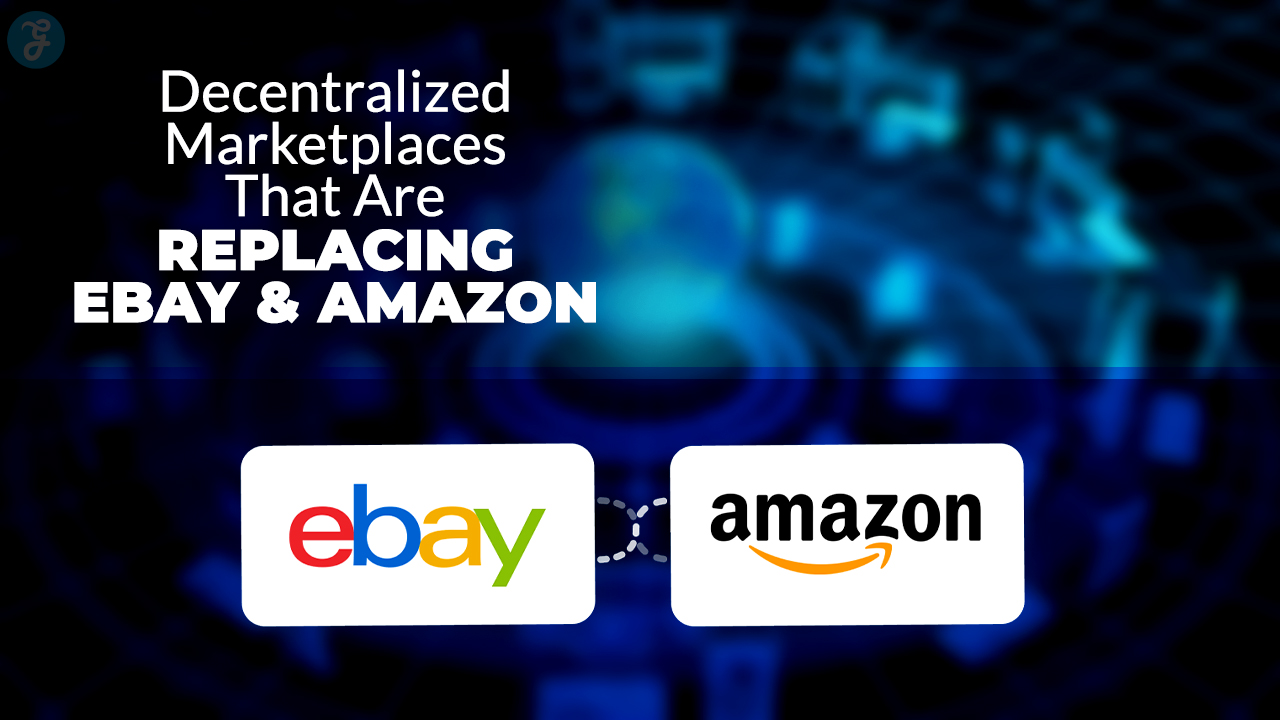The Software as a Service (SaaS) industry is booming, with global revenues expected to skyrocket to $195.2 billion by 2023, according to Gartner. This explosive growth has created a fiercely competitive landscape where innovative sales strategies can make or break a company’s success.
As businesses increasingly rely on cloud-based solutions, SaaS providers face the dual challenge of standing out in a crowded market and proving their long-term value to potential clients.
This article delves into 10 very effective SaaS sales techniques that have propelled leading SaaS companies to new heights of growth and customer acquisition.
Whether you’re a startup looking to gain traction or an established player aiming to scale, these strategies will equip you with the tools to supercharge your sales efforts and drive sustainable growth in the dynamic world of SaaS.
Effective SaaS Sales Techniques to Drive Growth
The SaaS industry has experienced rapid growth in recent years. According to Gartner, the global SaaS market is projected to reach $195.2 billion by 2023.
This growth presents both opportunities and challenges for SaaS companies. To succeed, businesses must adopt effective sales techniques that align with the unique nature of SaaS products and the evolving needs of customers.
1. Implement a Value-Based Pricing Strategy
Value-based pricing is a crucial technique for SaaS companies. Instead of focusing solely on costs or competitor prices, this approach bases pricing on the perceived value your product brings to customers.
Key steps to implement value-based pricing:
- Conduct thorough market research
- Understand your customers’ pain points
- Quantify the benefits your solution provides
- Create tiered pricing plans based on value
A study by ProfitWell found that companies using value-based pricing grew 2-4 times faster than those using cost-plus pricing.
2. Offer Free Trials or Freemium Models
Free trials and freemium models are effective ways to attract potential customers and showcase your product’s value.
Benefits of free trials and freemium models:
- Lower barrier to entry
- Opportunity to demonstrate product value
- Increased user acquisition
- Potential for viral growth
According to a study by Totango, SaaS companies offering free trials convert 66% more customers than those that don’t.
3. Leverage Content Marketing
Content marketing is a powerful tool for SaaS companies to attract, educate, and convert potential customers.
Effective content marketing strategies:
- Create informative blog posts
- Develop whitepapers and ebooks
- Produce video tutorials and webinars
- Share case studies and success stories
HubSpot’s State of Inbound report found that businesses prioritizing blogging are 13 times more likely to achieve a positive ROI.
4. Implement a Strong Customer Success Program
Customer success is crucial for SaaS companies, as it directly impacts retention and recurring revenue.
Key elements of a customer success program:
- Proactive onboarding and training
- Regular check-ins and support
- Monitoring usage and engagement metrics
- Providing resources for self-service
A Gainsight study revealed that companies with a dedicated customer success team have a 24% lower churn rate than those without one.
5. Utilize Data-Driven Sales Techniques
Leveraging data can significantly improve sales effectiveness and efficiency.
Ways to use data in SaaS sales:
- Identify high-value prospects
- Personalize outreach and messaging
- Optimize sales processes
- Predict customer behavior and needs
McKinsey reports that companies using data-driven personalization deliver 5-8 times the ROI on marketing spend.
6. Develop a Strong Referral Program
Referrals are a cost-effective way to acquire new customers and build trust.
Elements of an effective referral program:
- Clear incentives for referrers
- Easy-to-use referral process
- Tracking and analytics
- Regular promotions to existing customers
Research by Inflictive shows that referred customers have a 37% higher retention rate and 18% lower churn than non-referred customers.
7. Focus on Account-Based Marketing (ABM)
ABM is a targeted approach that aligns marketing and sales efforts to engage specific, high-value accounts.
Steps to implement ABM:
- Identify target accounts
- Create personalized content and campaigns
- Align sales and marketing teams
- Measure and optimize results
According to ITSMA, 87% of marketers report that ABM outperforms other marketing investments in terms of ROI.
8. Optimize Your Sales Funnel
A well-designed sales funnel can significantly improve conversion rates and overall sales performance.
Key areas to optimize:
- Lead qualification process
- Nurturing sequences
- Sales presentations and demos
- Follow-up and closing strategies
A study by Salesforce found that companies with an optimized sales funnel experience 68% higher win rates.
9. Emphasize Social Proof and Testimonials
Social proof can significantly influence purchasing decisions in the SaaS industry.
Ways to leverage social proof:
- Display customer testimonials
- Showcase case studies
- Highlight industry awards and recognition
- Feature customer logos on your website
BrightLocal’s Consumer Review Survey found that 91% of consumers are more likely to use a business with positive reviews.
10. Implement a Product-Led Growth Strategy
Product-led growth focuses on using the product itself as the primary driver of customer acquisition, conversion, and expansion.
Key elements of product-led growth:
- User-friendly onboarding
- In-app education and guidance
- Feature discovery prompts
- Expansion opportunities within the product
OpenView Partners reports that product-led growth companies have a 2x higher revenue growth rate compared to their peers.
Takeaways
Implementing these highly effective SaaS sales techniques can significantly drive growth for your business. By focusing on value-based pricing, leveraging content marketing, emphasizing customer success, and adopting data-driven strategies, SaaS companies can attract, convert, and retain more customers.
As the industry continues to evolve, staying adaptable and customer-centric will be key to long-term success.
Remember, the most effective sales strategy will be one that aligns with your specific product, target market, and business goals. Continuously test, measure, and refine your approach to achieve optimal results.












































